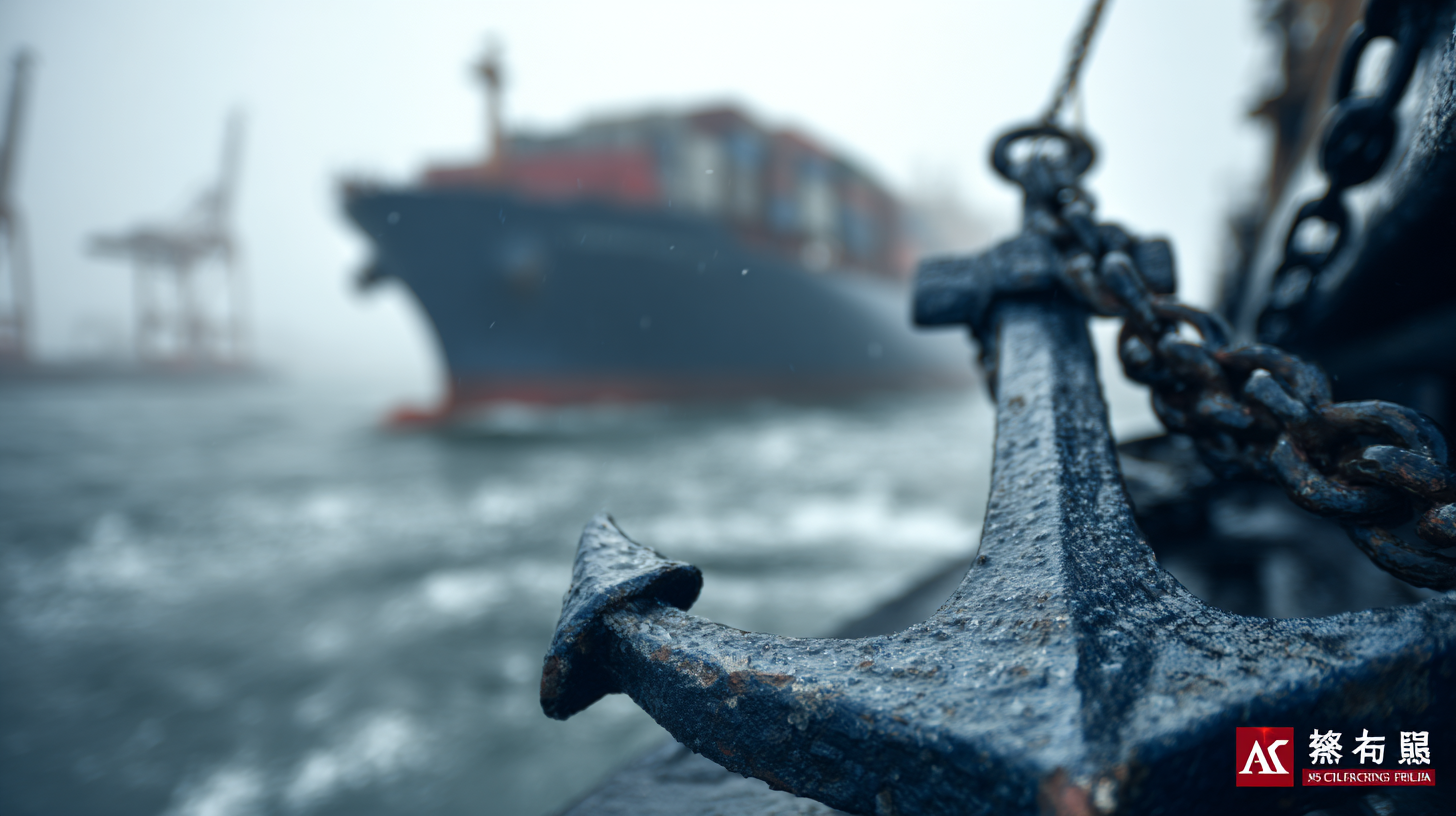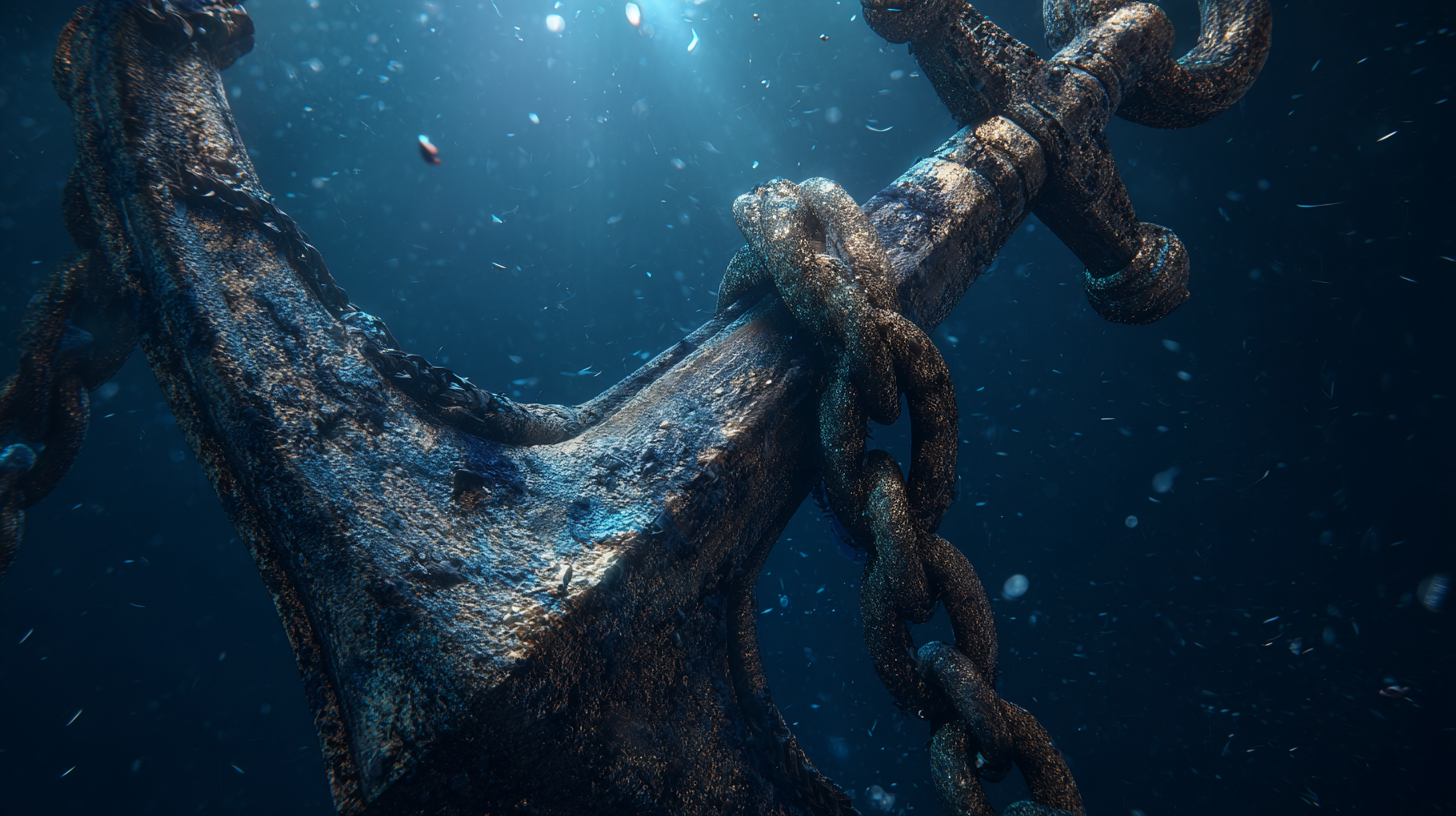
Navigating Global Waters with the Best Ship Anchor from China to Elevate Quality Standards
In the dynamic world of maritime operations, choosing the right ship anchor is crucial for ensuring safety and efficiency in navigating global waters. As the backbone of any marine vessel, a ship anchor serves not only as a vital tool for mooring but also as a key component in upholding quality standards in the shipping industry. With a multitude of options available, this blog will provide a comprehensive checklist to guide you in selecting the best ship anchor from China, a country renowned for its advanced manufacturing capabilities and innovative designs.

From understanding the types of anchors suitable for different maritime conditions to considering factors like material durability and holding power, this guide will equip you with the knowledge needed to elevate your operational standards and enhance your maritime ventures. Join us as we delve into the essential elements that define an effective ship anchor, ensuring that your maritime operations remain secure and reliable.
The Importance of Quality Standards in Ship Anchoring Solutions
When it comes to maritime operations, the quality of ship anchoring solutions plays a pivotal role in ensuring safety and efficiency. The backbone of any successful maritime expedition relies heavily on the integrity of the anchoring systems employed. High-quality anchors are not just pieces of metal; they are critical components designed to withstand harsh marine environments, including unpredictable weather and challenging seabed conditions. In this context, establishing rigorous quality standards is essential.
China has emerged as a prominent player in the ship anchoring industry, producing anchors that adhere to international quality benchmarks. These standards are not merely guidelines; they serve as a commitment to safety and reliability. The development of advanced materials and innovative designs has elevated the performance of ship anchors, allowing vessels to remain securely moored even in the most demanding conditions. By prioritizing quality standards in ship anchoring solutions, maritime stakeholders can minimize risks, enhance operational efficiency, and contribute to a safer maritime environment overall.

Key Trends Influencing the Global Ship Anchor Market by 2025
The ship anchor market is on a trajectory of significant growth, influenced by various key trends that will shape its landscape leading to 2025 and beyond. As the global shipping industry continues to recover and expand, the demand for high-quality and innovative ship anchors has never been more critical. With an estimated market size of $320.68 million in 2024, experts project the market will swell to approximately $341.25 million by 2025 and further reach $486.93 million by 2032. This impressive growth indicates a robust shift towards better quality standards and technological advancements in anchor manufacturing.
In particular, manufacturers are increasingly focusing on materials that enhance durability and performance under challenging maritime conditions. The rise of eco-friendly solutions also plays a significant role, as sustainability becomes a priority for shipping companies looking to minimize their environmental impact. As more regions invest in maritime infrastructure and expand their shipping capacities, the evolution of the global ship anchor market presents opportunities for innovation, offering high-quality anchors that meet the demanding requirements of modern shipping fleets.

Innovative Technologies Shaping the Future of Anchoring Systems
Innovative technologies are rapidly transforming anchoring systems, crucial for maritime safety and efficiency. As the UK Science and Technology Framework outlines, adopting a systems approach allows for the integration of advanced materials and smart design principles. These advancements not only enhance the strength and reliability of anchors but also reduce environmental impact, supporting sustainable practices in the industry.
When considering the best ship anchors, it’s essential to evaluate materials like high-strength steel and cutting-edge composites that improve durability while minimizing weight. Additionally, incorporating sensors in anchor systems can provide real-time data on seabed conditions, allowing for more secure anchoring decisions.
**Tips:** Always assess the compatibility of anchoring systems with your vessel type, as this can significantly influence performance. Keep abreast of innovations in anchoring technology by engaging with industry forums or publications, ensuring your vessel remains at the forefront of safety and efficiency. Finally, regular maintenance and inspections of anchoring equipment can prevent potential failures and extend the lifetime of your systems.
Navigating Global Waters with the Best Ship Anchor from China to Elevate Quality Standards - Innovative Technologies Shaping the Future of Anchoring Systems
| Anchor Type | Weight (kg) | Holding Power (ton) | Material | Used For | Innovative Technology |
|---|---|---|---|---|---|
| Fisherman Anchor | 50 | 2.5 | Steel | Fishing Vessels | Smart Sensor Integration |
| Plow Anchor | 30 | 2.0 | Stainless Steel | Yachts | Enhanced Lateral Stability |
| Danforth Anchor | 20 | 1.5 | Aluminum Alloy | Small Boats | Lightweight Design Advances |
| Hall Anchor | 100 | 5.0 | Cast Iron | Large Vessels | Corrosion-Resistant Coatings |
| Bruce Anchor | 70 | 4.5 | High-Strength Steel | Cruisers | Automated Deployment Mechanisms |
Comparative Analysis: China vs. Global Competitors in Ship Anchoring
In the competitive realm of maritime equipment, the choice of ship anchor is vital for any shipping operation. When it comes to anchoring solutions, China has emerged as a significant player, providing high-quality anchors that stand up to global standards. A comparative analysis reveals that Chinese manufacturers have made considerable strides in technology and production processes, allowing them to offer anchors that not only meet stringent safety regulations but also cater to the diverse needs of international shipping companies.
When juxtaposed with global competitors, Chinese anchor manufacturers often provide a cost advantage without compromising quality. Innovations in materials and designs have enabled these manufacturers to produce anchors that are robust and durable, essential characteristics for ensuring that vessels remain secure in various maritime conditions. Moreover, the scalability of production in China allows for quicker turnaround times and greater flexibility in meeting the demands of the global market, making it an attractive option for shipping firms looking to enhance their operational efficiency.
Sustainable Practices in Ship Anchor Manufacturing and Their Impact on the Industry
In the maritime industry, the importance of sustainable practices in ship anchor manufacturing cannot be overstated. As environmental concerns grow, manufacturers in China are adopting innovative approaches to minimize their ecological footprint. From utilizing eco-friendly materials to implementing energy-efficient production processes, these efforts not only help preserve marine ecosystems but also enhance the overall quality of ship anchors. By prioritizing sustainability, manufacturers are setting a new standard for durability and reliability, ensuring that their products meet the rigorous demands of maritime operations.
Moreover, the impact of these sustainable practices extends beyond individual companies; it influences the entire industry, promoting a culture of responsibility and innovation. As more shipbuilders and operators recognize the benefits of incorporating sustainably produced anchors, there is a shift towards greener supply chains. This not only fosters collaboration among industry players but also attracts environmentally conscious consumers, creating a market for high-quality, ethically sourced anchors. The synergy between sustainability and quality assurance is positioning Chinese manufacturers at the forefront of the global maritime sector, paving the way for a more responsible future in shipping.
